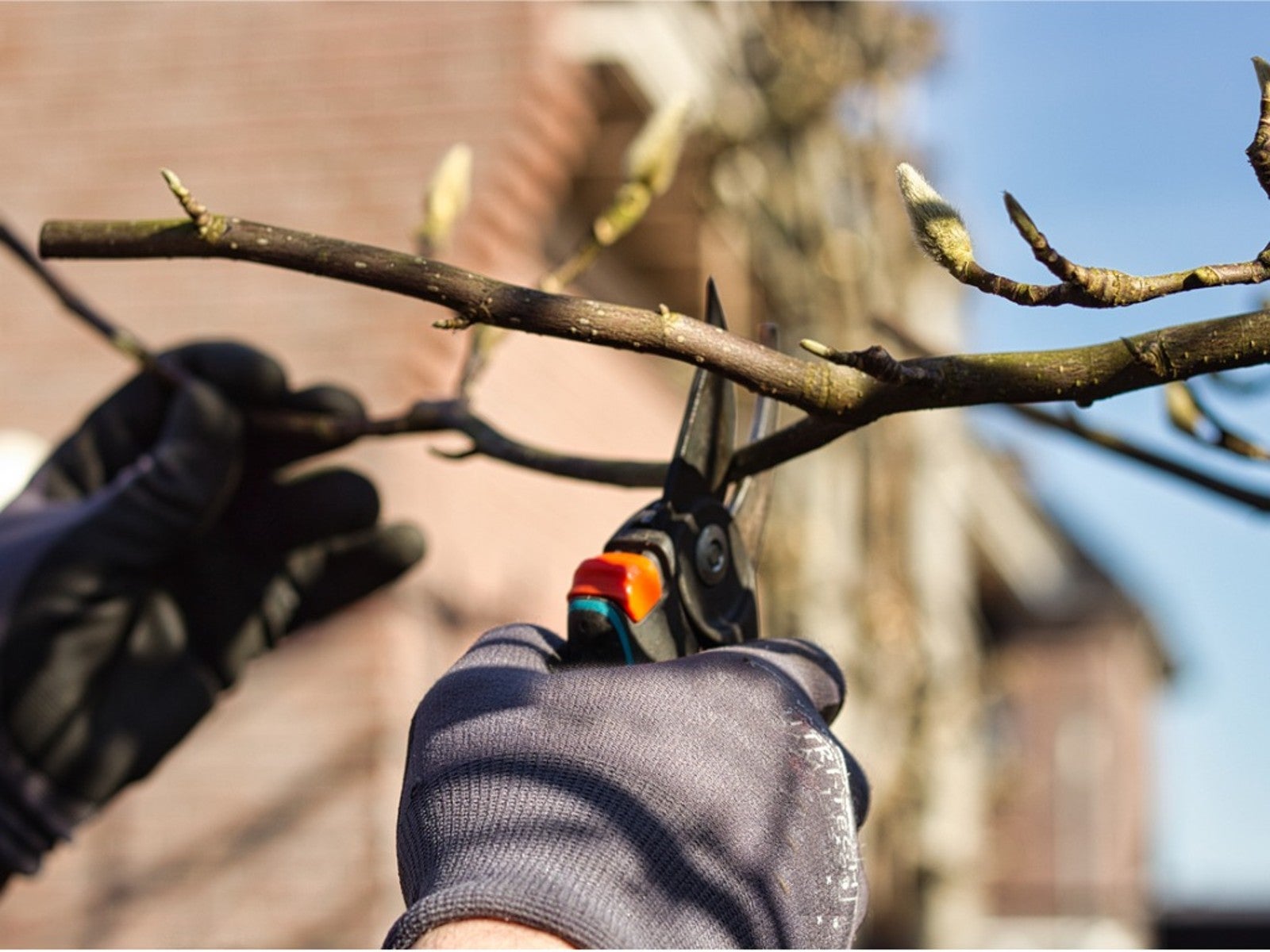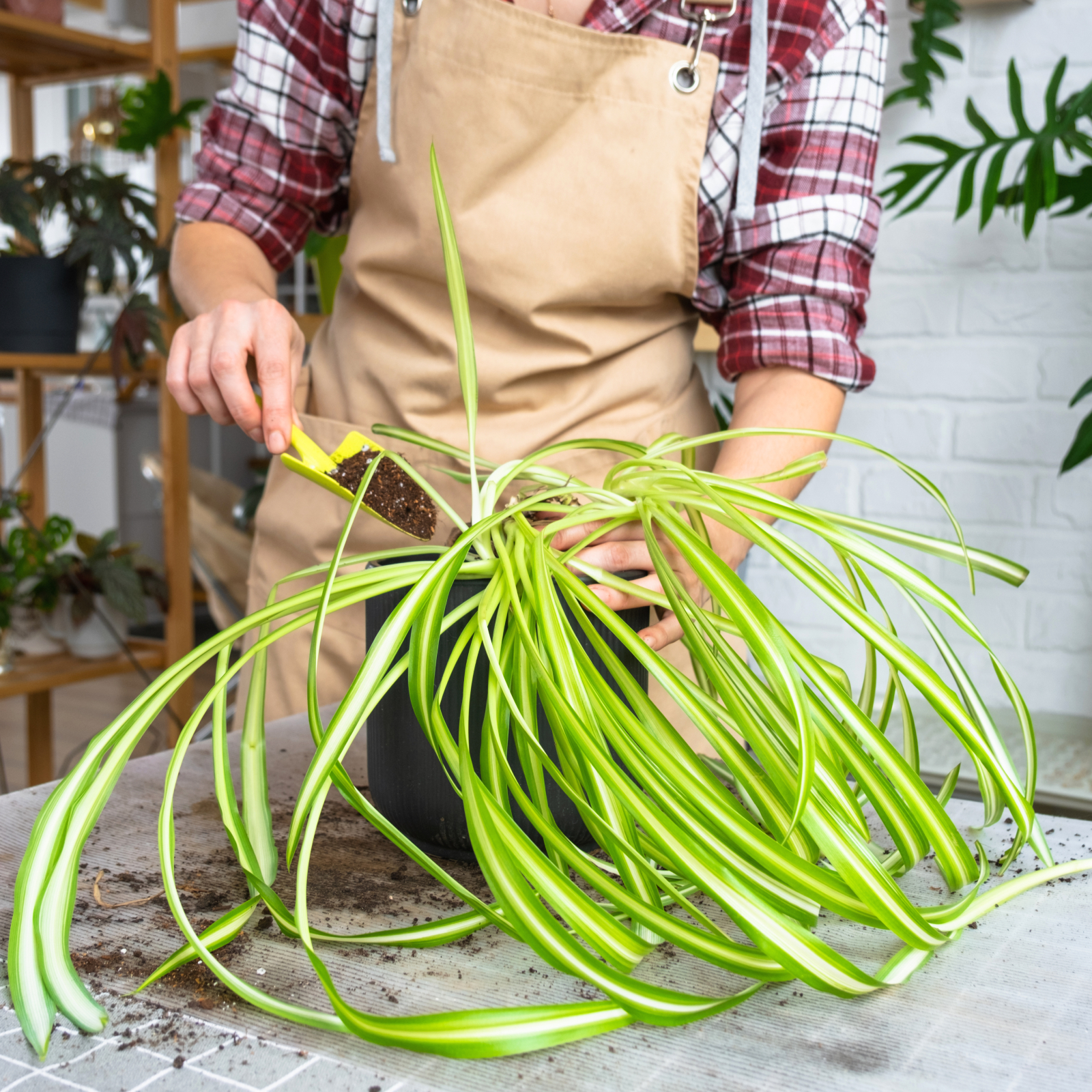How To Trim An Overgrown Magnolia Tree


The very best strategy for adding a magnolia tree into the garden starts before planting. You’ll need to select a site that will accommodate the tree’s full, mature size. Many of us have trouble believing that the small, young tree will grow to 30 or 50 feet (9-15 m) tall. That can result in a large tree growing in a too-small spot.
Are you one of the gardeners exclaiming that “my magnolia tree is too big!” If so, pruners are your best bet. Read on for tips on how to prune a large magnolia tree.
Trimming a Large Magnolia Tree
There are many different species of magnolia trees, but they fall into one of two types: deciduous or evergreen. Deciduous trees lose their leaves in winter, while evergreen have slightly thicker leaves that they hold onto all year long.
The best time to prune a deciduous magnolia is late summer, ideally between midsummer and early autumn while the leaves are fully open. Evergreen varieties, on the other hand, should be pruned in spring.
What about wall-trained specimens? Trim these back in summer after they finish blossoming. To prune any type of magnolia tree you’ll need a good step ladder, a pruning saw, and a sharp, clean pruner.
How to Prune a Magnolia – Young Trees
Two factors are important when you are figuring out how to trim your magnolia tree: 1) its age, and 2) whether it is deciduous or evergreen. Young evergreen trees – including popular Southern magnolia – do not require any pruning at all, but young deciduous trees do. You’ll want to remove any branches that seem weak as well as those that ruin the shape of the tree.
When deciduous magnolias – like the beautiful star magnolia – are young, prune out any weak growth or branches that spoil the overall shape.
Gardening tips, videos, info and more delivered right to your inbox!
Sign up for the Gardening Know How newsletter today and receive a free copy of our e-book "How to Grow Delicious Tomatoes".
How to Prune a Magnolia – Older Trees
After deciduous magnolias get older, there’s a bit more to prune. Use your pruners to remove dead or damaged branches as well as to keep the tree shapely. Prioritize an open crown and uniform shape by cutting branches back to a fork or the trunk. Mature deciduous trees often grow vertical water shoots that should also be removed. Cut these back to the trunk or branch.
What about older evergreen magnolias? Like deciduous trees, these should be pruned to take out branches that are diseased, damaged, or dead. They can also be trimmed to shape the tree.
For wall-grown magnolias, the pruning choices are straightforward. All stems growing into the wall or toward the wall should be trimmed out. Stems growing away from the wall need only be shortened a little. Cut back to one or two leaves.
Note that most magnolias sold in commerce are grafted plants, where a root stock has been joined to a scion of another species. Find the graft line on the lower trunk and prune out shoots that grow from the rootstock plant. These sprout at the base.
How to Prune a Magnolia – Overgrown Trees
There are special rules for pruning overgrown trees, that is, trees that have not been pruned regularly in the past. While the temptation is to give the tree a major “haircut” while you are at it, this is not a good idea. It can easily cause too much stress to the tree.
So how to prune an overgrown star magnolia, or any other species that needs a lot of branches removed? If a lot of pruning is necessary, plan to accomplish this over several years to make the process less stressful on the tree. Instead, plan to take some of the excess branches off each year, and some each of the next two subsequent years. This gives the tree the chance to recover from the cuts.

Teo Spengler is a master gardener and a docent at the San Francisco Botanical Garden, where she hosts public tours. She has studied horticulture and written about nature, trees, plants, and gardening for more than two decades. Her extended family includes some 30 houseplants and hundreds of outdoor plants, including 250 trees, which are her main passion. Spengler currently splits her life between San Francisco and the French Basque Country, though she was raised in Alaska, giving her experience of gardening in a range of climates.
-
 4 Superfast Composting Methods: Turn Waste Into Garden Gold In 30 Days Or Less
4 Superfast Composting Methods: Turn Waste Into Garden Gold In 30 Days Or LessTry the fastest composting methods to turbocharge your pile and transform kitchen scraps and garden waste into finished compost in just a few weeks.
By Mary Ellen Ellis
-
 Best Spider Plant Soil – Complete Soil Guide And Expert Tips For Keeping Plants Happy
Best Spider Plant Soil – Complete Soil Guide And Expert Tips For Keeping Plants HappySpider plants are fun and easy plants to grow, but what is the best soil for a spider plant? Selecting the right soil is important so they can thrive.
By Bonnie L. Grant